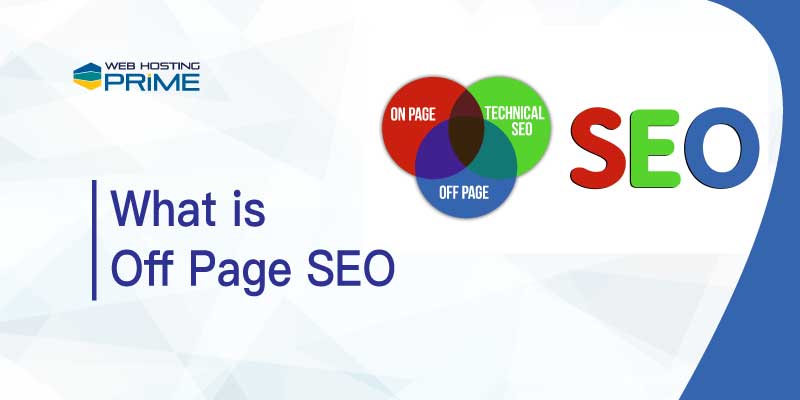
The notion of negative SEO used to be a myth. But, times have changed. Today, there are many obvious SEO strategies that can be considered negative. These tactics are primarily used in niche markets where competition is relatively low. These tactics have their place, however. Here are some common negative SEO tactics. Below are some examples. Listed below:
Negative links
Negative SEO link-building practices are the foundation of black hat SEO. Ranking can be improved by adding inbound links to your website. You should be wary of link farms. If the same content is found on multiple websites, it could be a sign that the site owner plans to manipulate search engine algorithms. You should immediately remove all links from such domains and build a relevant, high quality backlink profile.
Spammy backlinks are another common negative SEO technique. These backlinks are often built by rivals or link farms and are sometimes called PBNs. These SEO specialists may claim these methods work but Google will penalize sites that use them. In order for spammy backlinks, they must have thousands and the "right” anchor text. Another common SEO mistake is to overuse anchor text.

Scraping content
Your website's traffic can be affected by content scraping. Google does not like duplicate content. They will only rank one version. However, syndicating content is allowed to high-authority sites provided that you include a link to original post. Google will identify the original author by this method. However, persistent scraping may result in your website being delisted in search results. To prevent this from happening, you should follow some basic steps.
To combat content scraping, you should implement the disavow tool. Google has a tool that allows users to submit a list with links they don't want indexed. The disavow feature helps you to identify spammy link farms and scraping sites. The disavow program helps you identify spammy linking and to block them. Additionally, URL parameters are commonly used in scraping sites.
Google's disavow utility
Google Disavow is a tool that can remove spammy link from your website if you're concerned about your online presence. It is not difficult to use but can seem intimidating at times. You may find it intimidating to use this tool if it is your first time. It's important to remember that this process can be lengthy.
This is the easiest and most effective way to get rid negative SEO from your website. Simply create a file with the URLs, domains, and links you wish to remove. The disavow.dat file cannot exceed 2MB. Be sure to compile a list before you begin. You should replace any previously disavowed links you have uploaded with a new one. Google Webmaster Office Hours gives an idea of the time it might take.

For links to be removed, ask
To remove a link which is damaging SEO, ask the webmaster. If the link is spammed on a blog, you may be able get it removed. This is a good idea to keep in mind. If the webmaster won't remove the link, then you might have to pay him.
Disavow the link from your website is another option. Although disavowing links from your site can hurt your rankings, it's important to ensure that it works before you contact the webmaster. Google won't allow spammy links to be displayed on its site. A disavow utility should function correctly, and it should resolve the problem.
FAQ
Is link building still relevant to SEO?
Link building will always be necessary, but how you approach it now is different from how people did it 10 years ago. Finding customers and making sales is today's greatest challenge for any company. Search engine optimization plays a key role in this.
Social media has become a key tool for businesses. Content marketing strategies have also become very important. Google penalizes websites which have too many links to their sites. This is because linking to multiple sites can lead to Google penalizing you.
These factors show that link building has lost its value in ranking your site.
How can a content strategy help me get a better ranking?
Content strategy refers to the planning of how much content your company will produce in a given time. It contains keywords and information about your company, such as topics. This will ensure you don't write too much or not enough content.
Why SEO strategy should be important?
SEO (search engine optimization) has the main purpose of increasing traffic to your website by getting as many people to find you using Google.
Search engines such as Google, Yahoo!, Bing, and others store information about websites on servers called "crawlers," which send this data back to the company's central database. This allows them index web pages for search purposes.
If your website appears high in the results, more people will click on your link and visit your page. These searches will not show you, so you won't get found.
It is important to rank high in search engines. This will ensure your site is noticed. To achieve this, there are two general methods; paid advertising and natural organic links.
Paid Advertising – Paid advertising is when companies pay per click to have their ads appear higher than other sites in search results. These ads can be banner ads or text ads.
Natural Organic Links – Natural organic links are sites where you have proven your expertise over time. They also show that you have earned the trust and respect of your industry. Link building takes place naturally. This can be done through blogging, guest post, commenting, linking, and many other activities.
You must continue to invest in both marketing and sales to stay on top of your game.
Why should I use SEO?
There are many reasons to use SEO.
First, it increases traffic to your website by ensuring your website is high up in search engine results.
It helps to increase conversions, as it ensures that users search for exactly what they want by optimizing their search results.
It increases brand awareness by helping customers to find your business online.
Fourth, it improves the user experience through allowing them to quickly navigate your site.
Finally, it increases trust with potential customers by showing that your business cares enough about it to ensure it ranks high in search engines.
Statistics
- 93%of online experiences today begin on search engines. (marketinginsidergroup.com)
- Which led to a 70.43% boost in search engine traffic compared to the old version of the post: (backlinko.com)
- 64% of marketers actively create SEO campaigns because they help hit multiple key performance indicators (KPIs), including increasing traffic, helping your site rank for relevant keywords, improving your conversion rate, and much more. (semrush.com)
- If two people in 10 clicks go to your site as a result, that is a 20% CTR. (semrush.com)
- And 90%+ of these backlinks cite a specific stat from my post: (backlinko.com)
External Links
How To
How do you know when your SEO is working?
There are many indicators that will help you determine if you're doing great in SEO.
-
Users should leave your site without clicking anything else if their bounce rate is less than 30%. High bounce rates indicate that your audience isn’t confident in your brand or doesn’t care about what you sell.
-
Visitors visit multiple pages of your website. This shows that they are interested in your site and find something useful.
-
Your conversion rate has improved - your customers are more aware of you product or service, and want to buy it.
-
Your average time on site is increasing - people spend longer viewing your content.
-
This is a good sign that you are doing great SEO.
-
This means that you are getting more social media shares - it shows that others are sharing your content and reaching new audiences beyond your own followers.
-
You get more comments on forums, which shows that people are responding positively to your work.
-
You get more engagement on your website, with more likes, tweets and shares.
-
Your rank is increasing in SERPs, showing that your hard work is paying off.
-
You are receiving more leads through your website. This indicates that people found your website by accident and are now contacting it.
-
Your sales are increasing - this indicates that people who visit your website looking for your products are actually buying them.
-
Your blog post is more popular and gets more comments, which shows that people find the content valuable.
-
More people subscribe to your email newsletter means you have earned their trust enough to allow them to receive updates on your business.
-
The sales are increasing - this means that people are liking your products and are willing to pay more for them.
-
You have more social media followers, which means that your fans are sharing your content and engaging with you brand.
-
You are getting more PR mentions. This shows that journalists are talking online about your brand. This increases your brand awareness and improves your reputation.
-
Your brand is being recommended frequently - this means other companies are also recommending your brand.
-
You will see people returning to your website over and over again. This shows that your customers are happy with the work you do, and they will return for more.
-
Your competitors are losing ground. This is because they didn't spend as much on their SEO campaigns, which makes them look bad.
-
Your brand's image has changed - this means your brand is becoming more popular among new customers.